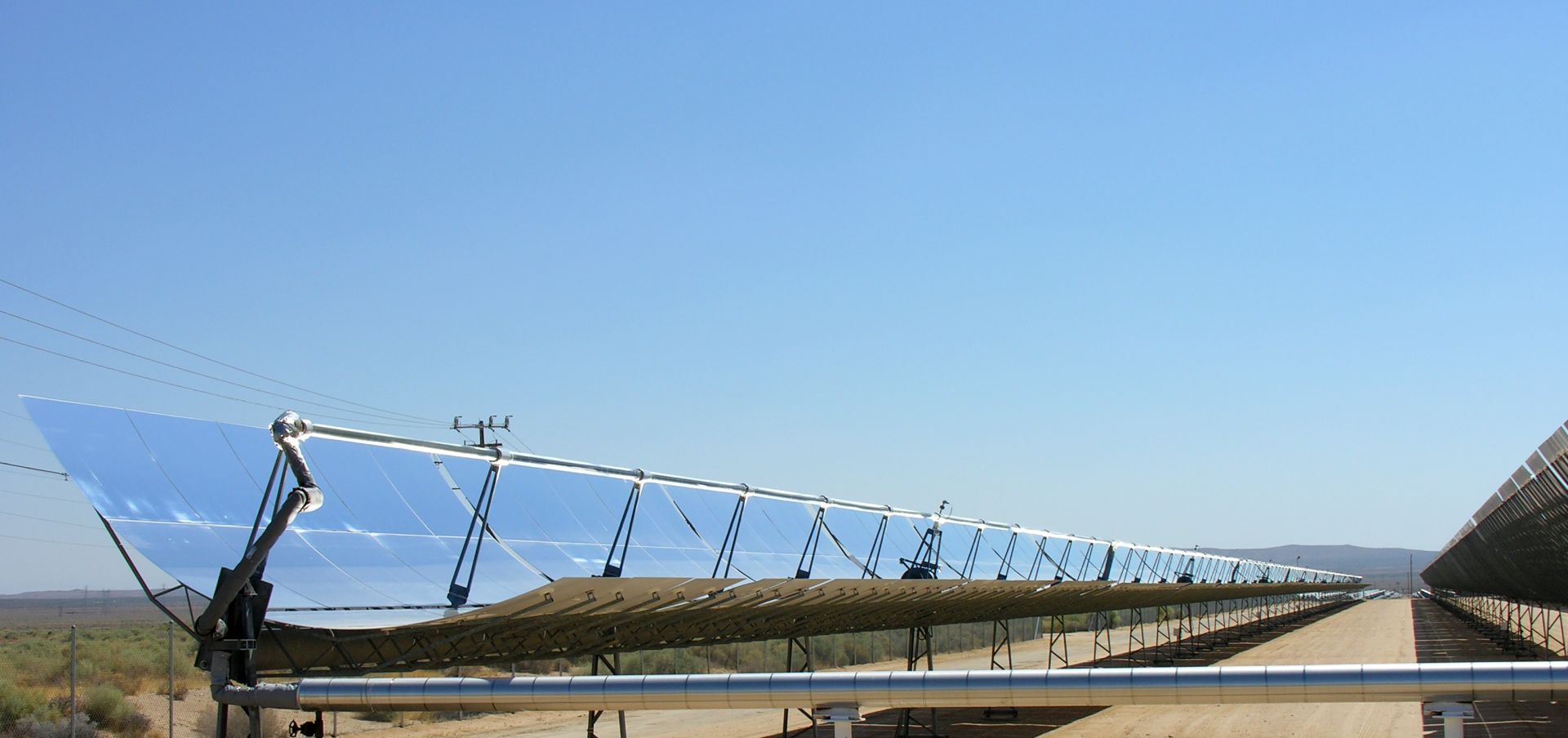Americans in some states are realizing the benefits of renewables. Better than in Europe: it saves low-income people money. But its overall numbers are still comparatively small. Paul Hockenos takes a look at the development

Privately or collectively owned local solar parks that generate power for subscribers who receive credit on their electricity bills for their share of power produced currently experience a boom in some states in the US. (Photo by Kjkolb, CC BY-SA 4.0)
Coming from Europe and stepping into the renewable energy scene in Donald Trump’s US is like entering another universe. It’s not simply that there’s less clean-energy tech on display and a thinner public understanding of the subject matter, but the laws, incentives, and models for renewables are also a foreign world.
Of course, we know that the Trump administration has rolled back much of the Obama-era clean energy legislation. But this hasn’t halted progress. Much of energy regulation in the US is in the hands of the states anyway, which means that there are 50 renewable energy frameworks in the US – plus the federal laws. The up-side of that: it’s already a decentralized energy system.
Some states, such as California, New York, Minnesota, New Jersey, Colorado, Vermont, Oregon and Massachusetts are way out in front. Others in the Mid-West and South are way behind. It’s all about the politics of the state legislatures: those in the hands of Democrats have pushed clean energy laws, the Republicans have resisted them.
Those states at the head of the class are currently experiencing a boom in “community solar,” also known as “shared solar” or “solar gardens.” These are privately or collectively owned local solar parks that generate power for subscribers who receive credit on their electricity bills for their share of power produced.
It works like this: customers purchase kilowatt hours of power from local solar parks at a reduced rate. The company then generates and sells the same number of kilowatt hours to the regional incumbent utility for the full market price. The utility then compensates the customer the full amount on his or her electricity bill. In that way, the customers pay for solar power, and save the difference between the reduced rate that they buy for and that they are reimbursed for. Usually the savings is 10%.
The purpose of community solar, according to NGOs like Vote Solar, is to enable members of a community to share the benefits of solar power even if they cannot or prefer not to install solar panels on their property.
“Community solar gives everyone,” says Pari Kasotia of the NGO Vote Solar, “regardless of their income level or what kind of building they call home, the opportunity to benefit from safe, healthy, affordable solar power.”
Although there are community solar projects of some sort in 42 states, only 20 states boast state-wide regulatory frameworks that enable community solar, as described above, to reach economies of scale.
The king of community solar in the US is the state of Minnesota with 594 megawatts of operational capacity — and that much again scheduled to go into operation in the next year. The source of its success: PV’s low cost and the country’s best enabling laws. Minnesota provides financial incentive for public, private, and commercial solar projects. This is why the state has ten times more community solar projects in the queue—that is in the pipeline but not yet approved—in Minnesota than have been built in the history of community solar in the U.S.
Yet, even in Minnesota, collective ownership, like in Germany’s energy cooperatives, is limited. “A truly cooperative ownership model on top of this basic subscriber model is still a small share of the market,” says John Farrell of the Institute for Local Self-Reliance, a Minnesota-based NGO.
“One of the biggest barriers to community-based development is the difficulty of financing local renewable energy projects,” says Al Weinrub of the Oakland-based Local Clean Energy Alliance and author of the book Energy Democracy. Also, in some states, the large utilities have been openly hostile to renewables, and especially to green energy that is not in their hands. Every state, including Minnesota, has caps on the volume of renewable power that can enter the grid.
The Alliance and others want to see communities, such as neighborhoods or municipalities, more involved and more programs for low-income families. One example is in Alameda County, California, which fought to establish a not-for-profit, public energy provider called East Bay Community Energy, which serves 1.5 million customers in the county.
Another model is Oakland’s People Power Solar Cooperative, which has completed its first solar project, piloting a new model for community-owned energy in California. The residential-sized seven-kilowatt project is financed entirely by investments up to $1,000 each from more than 50 local community members and leaders. The cooperative pays small dividends to the investors.
And then there’s the project of the Denver Housing Authority that is owned and operated by the municipality that developed a solar park that serves multifamily housing.
Community solar is currently at the cutting edge of renewable energy expansion in the US. In order for a bigger, better rollout to happen, Democrats have to take more of the state assemblies in the next elections – and follow Minnesota’s lead.